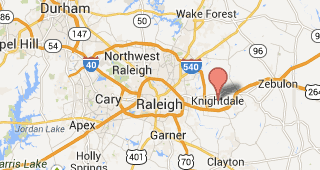When does the automatic stay end?
The automatic stay begins immediately upon the filing a of a voluntary bankruptcy case. For the most part, it ends when the one of the following events occurs:
- The case is dismissed, such as after failure to make plan payments in chapter 13
- The debtor is granted a bankruptcy discharge
- The bankruptcy discharge is denied
- The case is closed
Such framework makes sense if one views the automatic stay as temporary protection needed while the bankruptcy process sorts out the availability of a permanent discharge. When a debtor receives a discharge, that discharge injunction largely replaces the automatic stay.
In addition to preventing collection from the individual debtor who filed the bankruptcy, the automatic stay also protects property from being taken away from the bankruptcy. As long as property remains property of the estate and is subject to the bankruptcy, the automatic stay continues to apply to the property. This is important in chapter 7, as when there is property that the trustee plans to sell, it will frequently be sold after the debtor has already been granted a discharge. There is less impact when a case has been dismissed, as a dismissal generally also removes property from the scope of the bankruptcy (revests the property of the estate in its prepetition ownership).
For this post, I am assuming there has not been a previous bankruptcy recently pending, in which case the special rules for the automatic stay in repeat cases must be considered.


